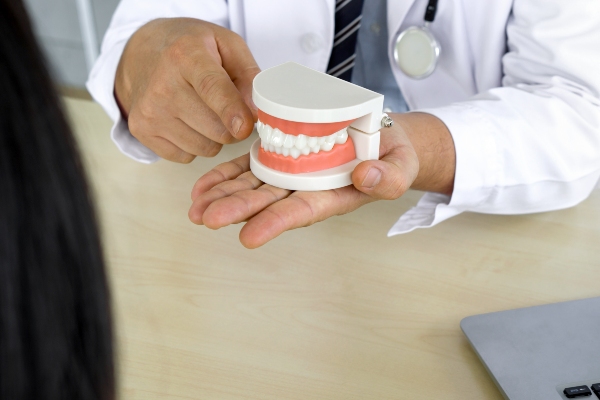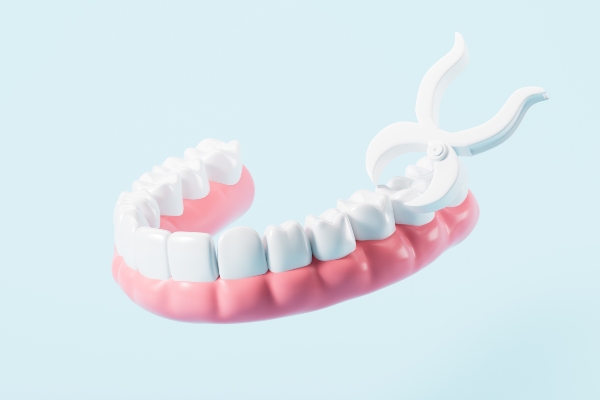Amalgam Versus Composite Fillings

Both amalgam and composite fillings can be used to repair teeth, prevent further decay and restore function. If you want to have a cavity filled, you should schedule an appointment with your dentist. Knowing the advantages and disadvantages of different types of fillings can help you choose the right one. Read on to find out the pros and cons of amalgam and composite fillings.
Pros and cons
A variety of factors should be considered before choosing a specific type of filling material. These factors include the extent of the decay, how long a filling can last, the location of the cavity, the cost of filling material and the needs of a patient. Amalgam and composite fillings are common dental filling options. Both have their pros and cons.
Amalgam fillings
Amalgam fillings are usually made from a mixture of various metals. These metals include silver, copper, tin, zinc and mercury. This type of filling is durable, which makes it a good choice for large cavities. Amalgam fillings can also withstand chewing forces.
Amalgam hardens fast, making it ideal for areas that are usually hard to keep dry during the placement. One area these fillings can be useful is below the gumline. Compared to composite fillings, amalgam fillings take less time to place. This makes them a good choice for children and people with special needs who rarely stay still during treatment. These fillings are also cheaper than composites.
Amalgam fillings do not look natural. They are not a good choice for teeth that are near the front of the mouth. These fillings may be visible when a person speaks or laughs. During treatment, more tooth structure, including healthy parts of the tooth, has to be removed. This is necessary to make enough space to hold the amalgam fillings.
Composite fillings
Composite fillings are made of acrylic resin and powdered glass. This type of filling can be shaded to match the color of the existing teeth. This makes them suited for use in visible parts of the teeth, especially in the front teeth. Composites are popular because people want natural-looking smiles. Composites are used more than amalgam fillings mainly because of cosmetics.
Composites are less durable than amalgam fillings. These fillings need to be replaced more regularly. Composites may also not last long under the pressure of chewing especially if they are used for large cavities. It takes longer to place them than it does amalgam fillings because the tooth has to be kept dry and clean during treatment. Composite fillings are also more expensive than amalgam fillings.
The right option
Composites are ideal for teeth close to the front of your mouth because the fillings look more natural. For teeth with large cavities at the back of the mouth, amalgam fillings may be a better choice. Talking to your dentist may help you choose the material that is right for you. You should also take into account durability, costs and the treatment process.
Request an appointment here: https://hemetdentalcenter.com or call Hemet Dental Center: Brian Stiewel DDS, INC. at (951) 707-4366 for an appointment in our Hemet office.
Check out what others are saying about our services on Yelp: Read our Yelp reviews.
Recent Posts
When you hear you need a tooth extraction, it is common to worry about having a gap in your smile for the rest of your life. Fortunately, a general dentist can provide a tooth replacement to restore your smile. From dental implants to flipper teeth, there are many replacement options after a tooth extraction.Tooth extraction…
Many conditions can result in a tooth extraction, all of which boil down to the state of the tooth. There are two main types: simple and surgical. Take a closer look at each option and why we may recommend them.The goal of any general dentist is to preserve the natural teeth for as long as…
A visit to a cosmetic dentist is the first step in improving your smile. These dental professionals offer a range of services designed to enhance the appearance of teeth, gums, and bite alignment. Whether you want to remove stains, reshape teeth, or create a more symmetrical smile, the process starts with a thorough consultation and…
Tooth extraction is one of the most common procedures in dentistry. This article discusses extraction aftercare guidelines to follow to achieve optimal recovery. Complications after a tooth extraction are rare but possible. The common ones include bleeding, dry sockets, and infection. Post-operative care is important to avoid these complications.The body starts healing immediately after the…


